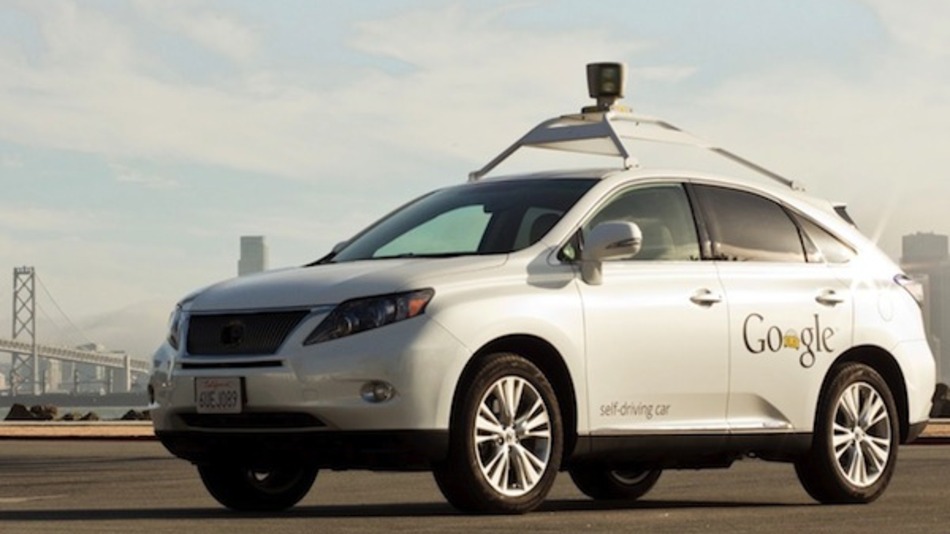Driverless cars could be vulnerable to hackers who could bring cities to a chaos, steal cars remotely or even commit deadly terror attacks, and many other problems, is a known fact. The report from the Institution of Engineering and Technology (IET) suggests that autonomous vehicles could be on the roads in the next 15 years. Even driverless cars bring huge benefits, such as increased mobility for the elderly; lower insurance costs and less congestion, but there are fears that they may be targeted by cyber terrorists.
“Sadly we’re not that good at writing software today. 98% of applications have series defects. If we have the hacker community start to target vehicles in Central London we could imagine a fair amount of chaos on the roads. Terrorism is a real risk. So cyber-security of autonomous vehicles will be critical. And we’re going to have to consider having black boxes in vehicles in the event of an incident”, Hugh Boyes, a cyber-security expert at the IET said.
The problem will be how do you maintain the software in a state where it’s secure throughout its life. If we look at the cars that are made now we see 100m lines of code, which is for a car where the driver is still very much in control. We’ll probably be looking at tenfold lines of code for something that’s driverless. That’s a terrible lot to get right. For cars which is on the road today there’s been a big push to have mobile broadband connecting into the central console, but that console probably doesn’t really need to be connected to control systems like the brakes and the steering. Therefore, there are some logical steps that can be taken to try to reduce risk, reduce the chance of someone hacking in externally.
We are going to see what measures will be introduced by developers in this case.


